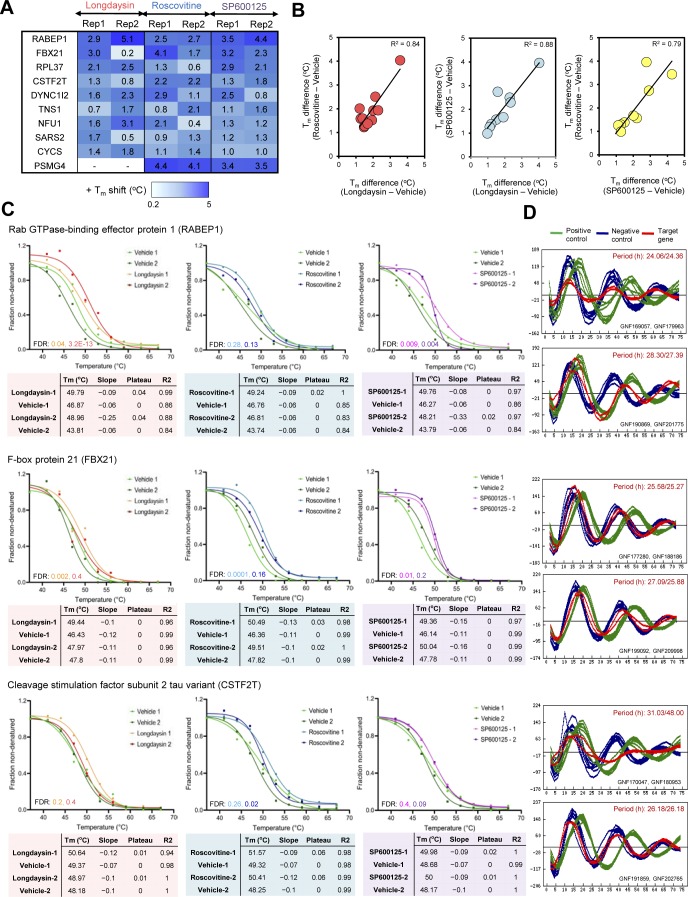Figure S13. Target proteins commonly stabilized by multiple circadian period–modulating compounds.
(A) Target proteins commonly stabilized by longdaysin, roscovitine, and SP600125. Mean values for Tm shift from two independent replicates are represented. “-” Indicates that protein was not identified and quantified in that dataset. (B) Decent agreements (R2 > 0.75) among the Tm shift data of longdaysin, roscovitine, and SP600125. (C) Melting curves for three potential target proteins RABEP1, FBX21, and CSTF2 (involved in apoptotic process, protein polyubiquitination and mRNA processing) commonly stabilized by these circadian period–lengthening compounds. Data from two independent replicate experiments are shown. (D) Cellular clock phenotypes of siRNA knockdown of Rabep1, Fbx21, and Cstf2 obtained from BioGPS circadian layout (http://biogps.gnf.org/circadian/) indicating an increase in circadian period length.

